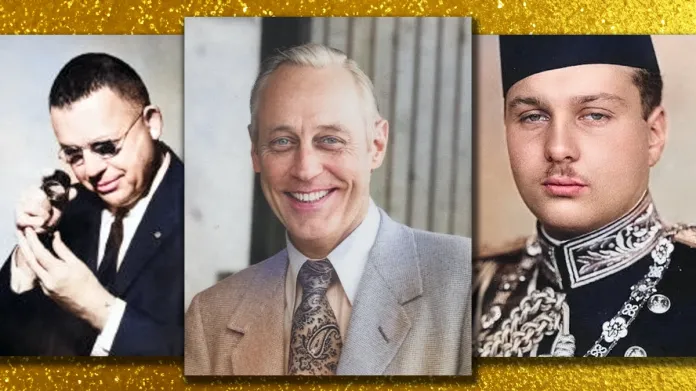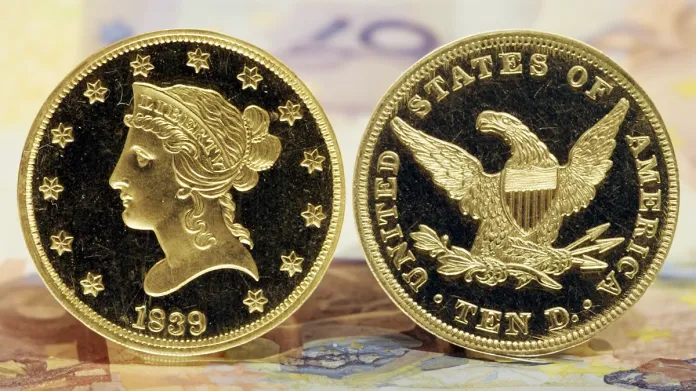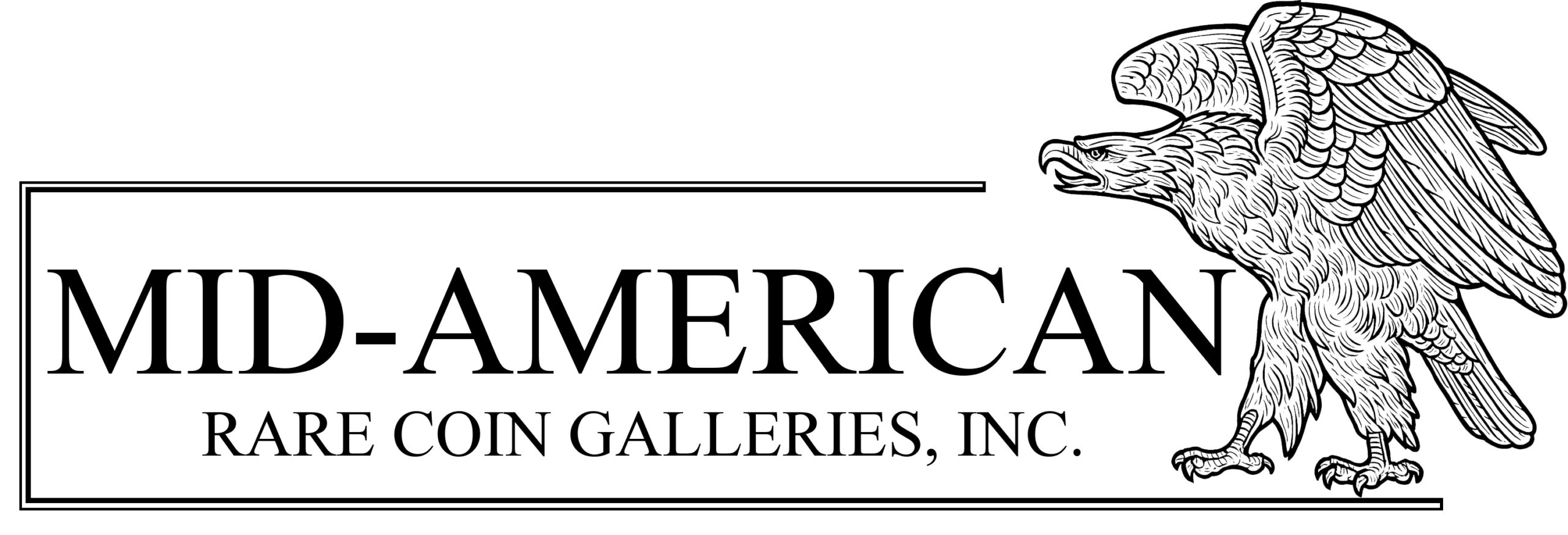My company has recently been working on the sale of a magnificent collection of Proof United States gold coins, including several of which rarely come to market. The chance to handle even a single Proof U.S. gold coin is special for most collectors and dealers.
No other segment of the U.S. market offers a better combination of rarity and beauty. A Gem Proof United States gold coin is truly spectacular. It is unfortunate they are beyond the budget of most collectors.
Usually, only well-heeled collectors attempt a collection of Proof gold coins. In our new world of a market dominated by billionaires, at least five or six mega-collectors are currently assembling as many different examples as possible.

There have been many great collectors in the past who have assembled amazing collections of Proof United States gold coins:
- King Farouk of Egypt (sold in the 1950s)
- The Garrett Family (no relation, unfortunately – sold in the late ’70s and early ’80s)
- Josiah K. Lilly (now in the Smithsonian collection)
- J.P. Morgan (now in the American Numismatic Society collection)
- Ed Trompeter (sold in the 1990s)
- John J. Pittman (sold in the 1990s)
- Walter H. Childs (sold in the 1990s)
- Harry W. Bass (sold in the 1990s and early 2020s)
Today, collectors highly covet Proof gold coins, but usually concentrate on buying individual issues when they appear on the market. Proof gold coins are ideal for the “few great coins” collecting strategy. Most coins have extremely low mintages (10-20 coins is not unusual) and some issues may appear only once or twice every few decades.
Occasionally, an original gold Proof set will appear on the market. These are usually sold individually and broken up to the highest bidder for each coin. Original matched Proof sets in gold are an endangered species with few remaining intact. The sale of the John J. Pittman Collection featured two or three sets from the 1840s with their original boxes.
History of Proof United States Gold Coins
The first Proof gold coins known to have been struck are the quarter eagles and half eagles of 1821. These coins are not fully mirrored as later issues usually are. The surfaces are more satin in appearance and slightly striated. Even though the coins look different, there is no doubt of their Proof status.
The United States Mint struck Proof gold starting in 1821 and, incredibly, saved examples for future generations. The foresight of these early Mint employees is amazing and an incredible gift for our nation. The U.S. Mint collection was transferred to the Smithsonian’s National Museum of American History in 1923. Many of these great coins are on display in the Value of Money exhibit at the Smithsonian.
The following are some important notes on Proof gold coin issues.
Early Bust Quarter Eagle and Half Eagle Coinage: 1821-1838
1821 Quarter Eagles and 1821 Half Eagles are the first unquestionable Proof United States gold coins. The surfaces are somewhat striated and lacking the typical mirrored surfaces usually associated with Proof gold coinage. Only five or six quarter eagles are known and just two examples of the 1821 Half Eagle are known: the Bass Collection and the Smithsonian’s collection.
Early Proof gold coins from this era are all very rare and a majority of the known examples now reside in the Smithsonian collection (like the former U.S. Mint collection). Several issues are unique and only found in the Smithsonian’s National Numismatic Collection. Whenever an example of Proof gold coins from this era is offered, it is usually considered an important numismatic event.
The recent final sale of the coins in the Harry W. Bass Collection saw the distribution of several previously unobtainable early United States Proof gold coins. Many of these sold for millions of dollars and will probably be off the market for another generation.
Liberty Head Gold Coins: 1838-1907

This group of gold coins includes Gold Dollars (Liberty and Liberty as Indian Princess), quarter eagles, Three Dollar (Liberty as Indian Princess), Four-Dollar Stellas, half eagles, eagles, and double eagles. Liberty Head Proof gold coins range in rarity from unique, to a few hundred known. The series is full of extreme rarities. Recently, Proof double eagles have been the focus of intense bidding when they appear at auction. The combination of rarity and size creates an irresistible temptation for collectors who can afford them.
Historically, Liberty Head gold coins are only collectible from 1858 to 1907. 1858 is the year when complete Proof sets became more widely available. Several years ago, when many of the above collections were sold at auction, one of my clients assembled a complete set of United States Gold Dollars 1856-1889 in Proof. I had the privilege of handling this collection again recently, and the set now resides in the famed Dell Loy Hansen Collection.
One collecting nuance for Liberty Head gold coins is the sometimes-significant premium that examples can command with Cameo or Deep Cameo/Ultra Cameo devices. In the past, these variations were a mystery for even advanced collectors to determine rarity. Today, modern collectors have the advantage of population reports to guide them. Note: NGC and PCGS did not designate Cameo devices when they first started grading coins.
Indian Head Gold Coins: 1907-1915
Proof gold coinage from this era includes Indian Quarter Eagles, Indian Half Eagles, Ten Dollar Indians, and Saint-Gaudens Double Eagles. These coins are generally more available, and sometimes seen as complete-year sets. The Roman finish coins of 1909 and 1910 are particularly desirable.

The above barely scratches the surface on this incredible part of United States coinage. For more information about this fascinating series, I recommend United States Proof Coins, Volume IV: Gold by John Dannreuther. The book is an amazing study of rarity and die information. If you can find a copy, I also recommend my book, Encyclopedia of United States Gold Coins, 2nd Edition. The book has color illustrations of every Proof United States gold coin struck from 1821 to 1915. Each coin is discussed in detail, with notes on rarity and other information.
The vintage 1821-1915 Proof United States gold coins are among the most beautiful U.S. Mint products ever struck. Whether you choose to find one “great” coin, or assemble some kind of set, you will find the challenge exciting and rewarding. There is a reason these coins are called the “caviar” of numismatics; they are simply delectable!
